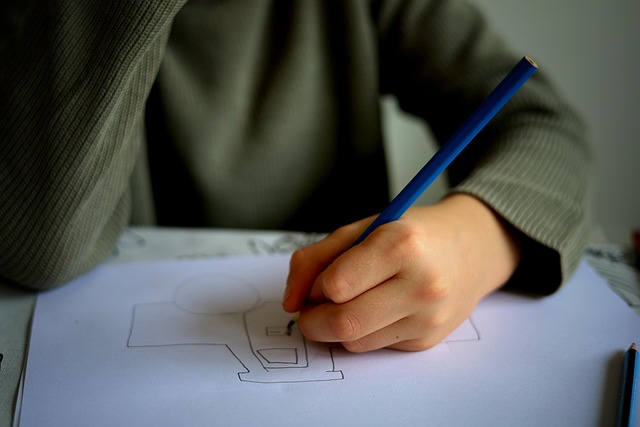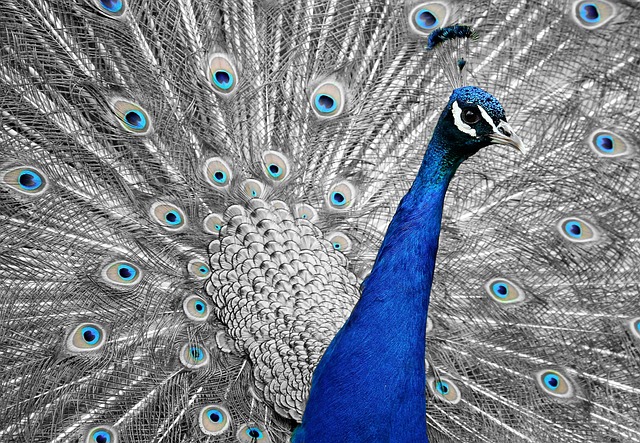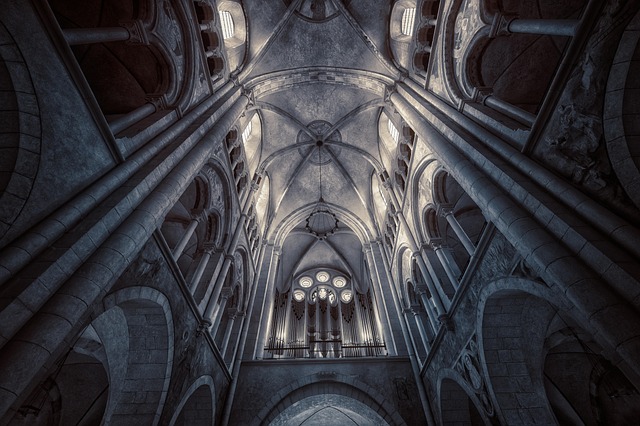Mastering the Art of Background Drawing: Tips and Techniques for Draw Enthusiasts
As a draw enthusiast, you know that creating captivating art goes beyond just sketching your main subjects; it’s about telling a story with every stroke, every color. At the heart of this storytelling lies background drawing. The background serves as the canvas that enhances your subject, setting the scene and adding depth to your artwork. If you’re ready to elevate your drawings, let’s dive into some essential tips and techniques for mastering the art of background drawing.
Understanding Composition
One of the fundamental principles of background drawing is composition. A well-composed background frames your subject, guiding the viewer’s eye to the focal point. Start by planning your scene: where is your subject positioned, and how does the background support it? Utilizing the rule of thirds can help balance your designs, ensuring that both subject and background coexist harmoniously.
Choosing a Style
The style of your background should complement your subject. Whether you prefer realistic landscapes, abstract patterns, or whimsical sceneries, make sure the tone aligns with your main elements. Experiment with different styles by creating quick sketches to see what best fits your vision.
Layering Techniques
Background drawing is all about depth. Incorporate layers to give your artwork a three-dimensional feel. Start with distant elements, using lighter shades to convey a sense of far-off space. Gradually bring in your midground and foreground elements with bolder colors and details. This not only adds realism but also creates a visually captivating narrative.
Utilizing Perspective
Perspective plays a crucial role in background drawing. Understanding linear perspective can transform a flat drawing into a dynamic one. Practice drawing simple shapes in one-point and two-point perspectives to grasp how objects appear smaller as they recede into the distance. Use vanishing points to guide your lines, helping to create a relatable spatial environment.
Incorporating Texture
Texture is an essential element in background drawing that can breathe life into your scenes. Experiment with various techniques—cross-hatching, stippling, or even using mixed media—to replicate the feel of grass, stone, water, and more. Adding texture can turn a plain backdrop into an engaging atmosphere that enhances the overall composition.
Color Theory
Color sets the mood of your artwork, and understanding color theory can be a game-changer in your background drawing. Explore color harmonies, such as complementary and analogous colors, to create stunning contrasts and cohesion. Play with warm and cool colors to evoke emotions; a vibrant sunset or a serene blue sky can narrate vastly different stories.
Inspiration and Practice
Never underestimate the power of observation. Spend time in nature, visit art galleries, or browse online platforms for inspiration. Study how other artists approach backgrounds in their work. Sketch often and be open to experimenting; the more you practice, the more you’ll discover your unique style.
Background drawing is an expansive art form that allows you to express creativity beyond the central subject. Embrace these tips and techniques, and you’ll find that your artworks come alive, inviting viewers to immerse themselves in the worlds you’ve created. Happy drawing!




